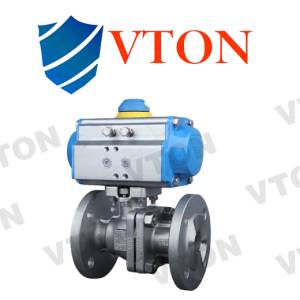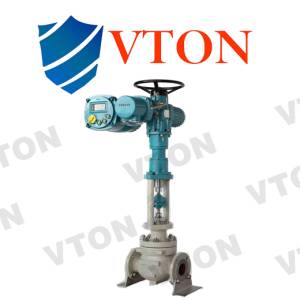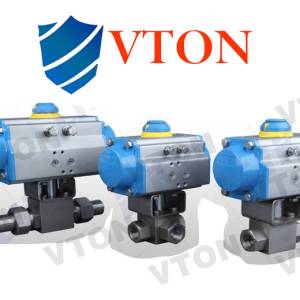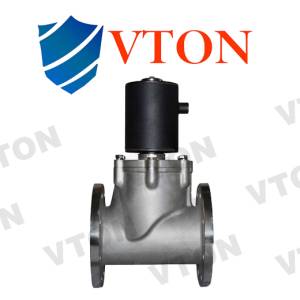Description
1. Overview of Cylinder Pressure Reducing Valve
The VTON cylinder pressure reducing valve is a high-precision device designed to reduce high-pressure gases from cylinders to low-pressure levels required for experiments or operational conditions. Its piston-type structure ensures stable output pressure, making it ideal for critical applications in industries such as:
- Petrochemicals
- Chemical fibers
- Heat treatment and metallurgy
- Glass manufacturing
- Food and medicine
- Aerospace and defense
The valve guarantees consistent pressure and flow rates, ensuring safe and efficient operation across various high-pressure gas systems.
2. Technical Specifications and Materials
| Component | Material |
|---|---|
| Body | 316L Stainless Steel, Brass |
| Upper Cover | 316L Stainless Steel, Brass |
| Diaphragm | 316L Stainless Steel |
| Filter Mesh | 316L (10μm) |
| Valve Seat | PCTFE, PTFE, Vespel |
| Spring | 316L Stainless Steel |
| Valve Stem | 316L Stainless Steel |
3. Installation Guidelines
- Secure Connections: Ensure the threaded connections of the valve and cylinder, as well as the high/low-pressure pipeline, are tightly sealed to prevent leaks. Do not rotate the valve body; instead, tighten the nut securely.
- Prevent Leaks: Confirm that the inlet and outlet fittings are tightly connected to the valve body. Loose connections may lead to hazardous gas leaks.
- Cleanliness: Remove oil, water, and dust from the connection points to avoid contaminating the gas or blocking the valve channels.
- Avoid Damaged Threads: If pipeline threads are deformed, avoid forcing the connection as it may damage the threads on the pipeline or valve, leading to serious safety hazards.






